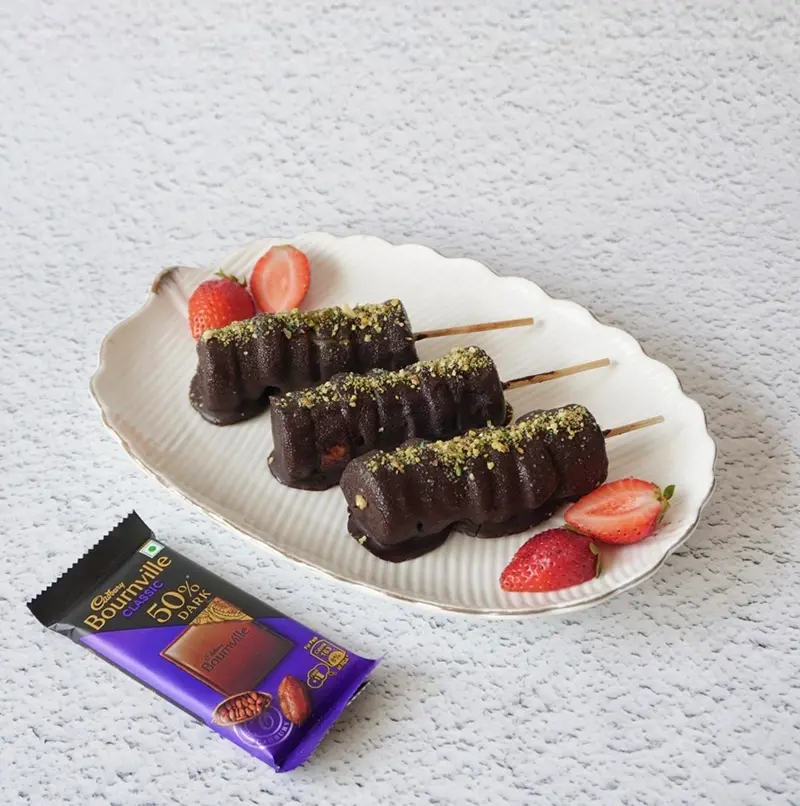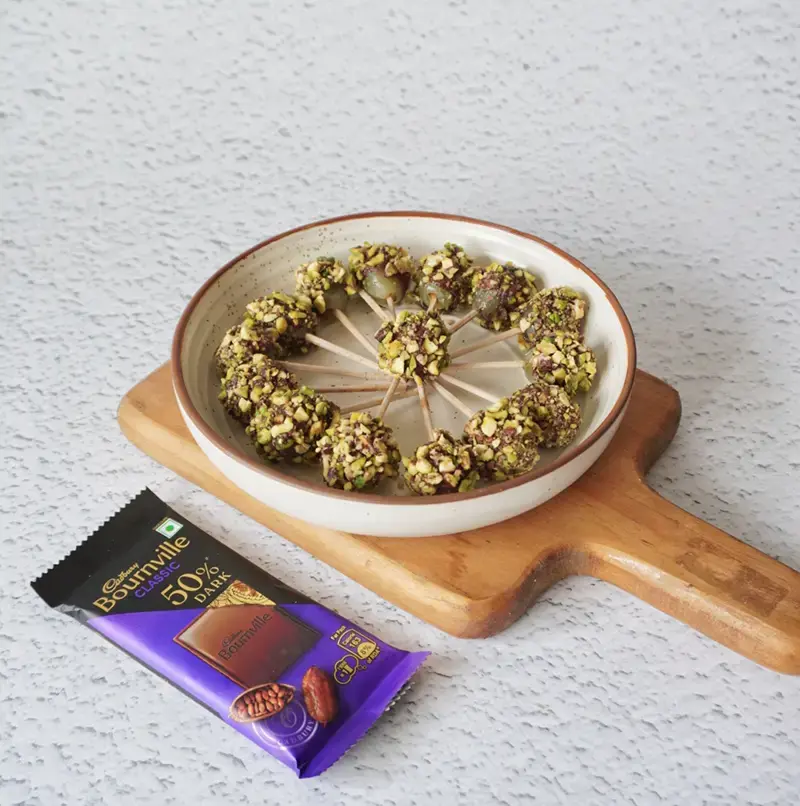Montenegro has heavy influences from Ottoman rule for a whopping 500 years and being close to the sea, European influences also stand out starkly.

Much like the other countries in the Balkan region, Montenegro was also under Turkish rule for 500 years and much of its desserts are influenced by the Ottoman rule. Montenegro also has major Venetian and Central European culinary influences. As a result, their delish dessert recipes range from flaky pastries soaked in sweet syrup to fried dough and cream-based pies.
1. Krempita
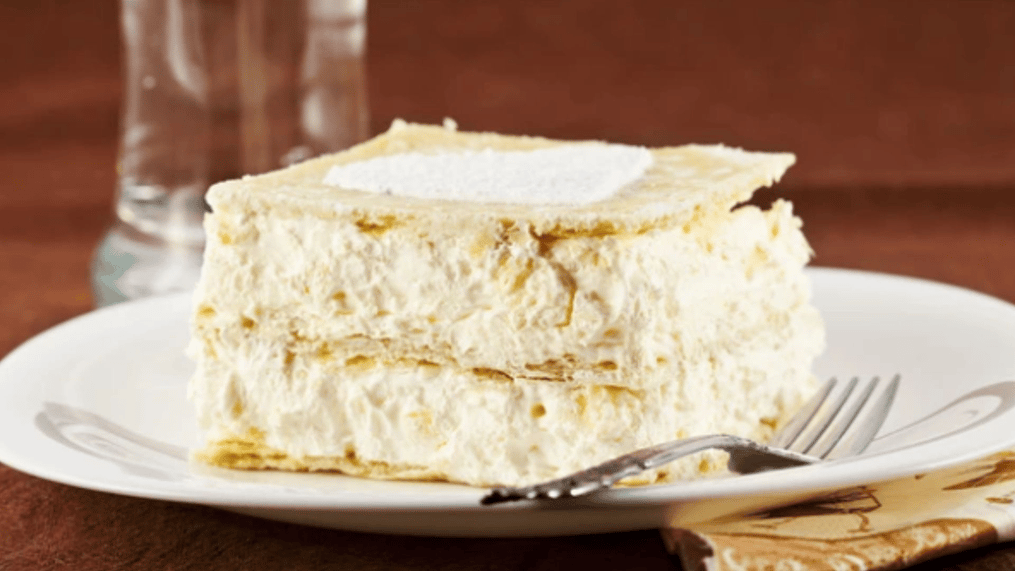
Krempita, a beloved dessert throughout Central and Eastern Europe, is a blend of the words "krem" (cream) and "pita" (pie), and is a remarkably elegant pastry. Originating in Hungary, this classic treat features crisp layers of puff pastry, enveloping light and airy filling of cream of scrambled eggs and vanilla. The beauty of Krempita lies in its simplicity — the ingredients required to craft this dessert can be found in nearly every household, contributing to its widespread popularity.
2. Šampita
Bearing a close resemblance to Krempita, Šampita is a traditional Serbian and Montenegrin dessert. The thin layers, that it has in common with Krempita, are filled with a sweetened egg white mixture or meringue, instead of custard. It kind of tastes and looks like an open-faced marshmallow sandwich and staying true to its Turkish influence, some of the sugar syrup finds its way into the pastry layers of this dessert as well. This makes the dessert quite sweet, so to cut through the sweetness, it is best eaten alongside a cup of strong black coffee.
3. Baklava
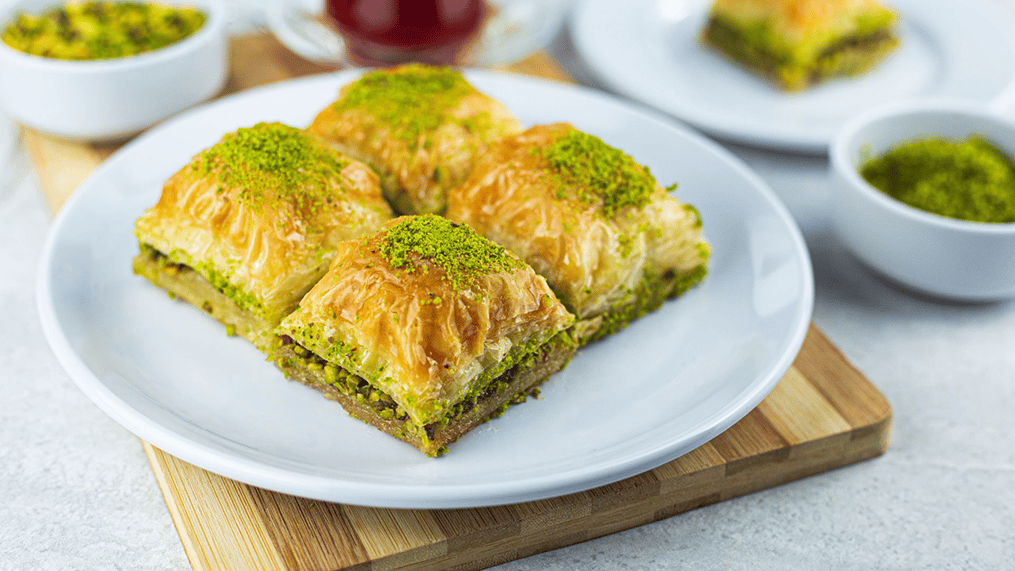
While Baklava originated in the culinary traditions of Turkey, it has become a beloved dessert across the Middle East and the Balkan countries, including Montenegro, Serbia, and Bosnia. This iconic treat features layers of delicate pastry, traditionally filled with a simple yet sublime combination of sugar syrup (the aforementioned sherbet) and walnuts. Though modern interpretations have introduced variations such as almonds, raisins, pistachios, or cherries, the true Baklava enthusiasts remain steadfast in their devotion to the original recipe.
4. Ledena Kocka
Literally translating to ice-cubes because of its appearance, this popular Balkan cake was popular in former Yugoslavia, most of the Balkan countries, in particular Croatia. It's quite easy to make and uses cocoa, eggs and sugar for its crust followed by flour, milk, butter and sugar for the creamy layer on top. It often has a thin layer of cocoa layered on top of the white cream, making it uber-soft and a treat that is almost like a guilty pleasure.
5. Ravanija
Ravanija is a beloved traditional dessert found across the Balkan region, showcasing the culinary unity of this diverse area. At its core, Ravanija is a remarkably simple, and this delightful biscuit cake,is made primarily with the humble ingredient of semolina. The true magic of Ravanija, however, lies in the syrupy elixir with which it is soaked – a concoction known as "sherbet."
6. Priganica
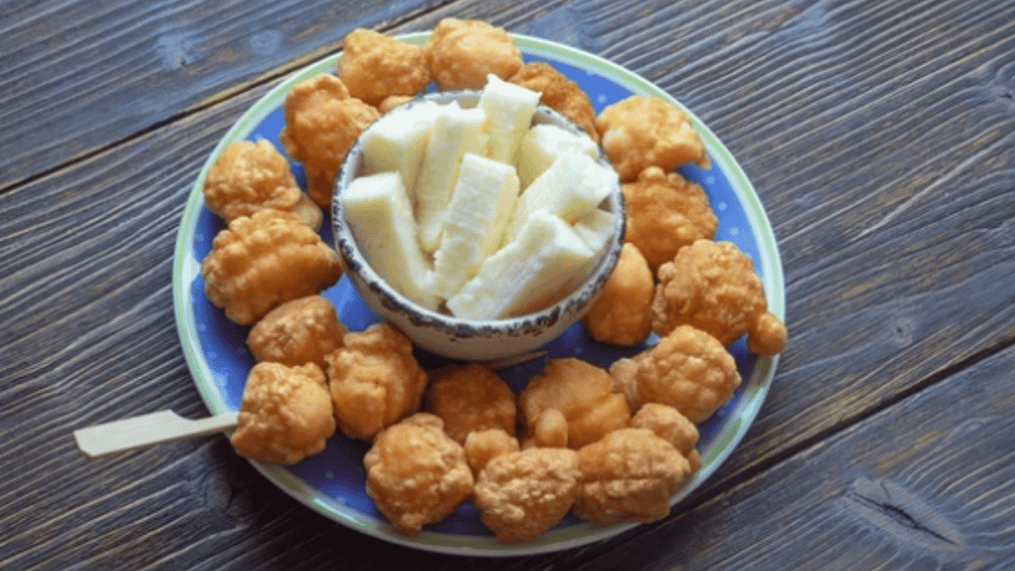
Priganica is a traditional Montenegrin dish made with a simple dough of water, flour, and salt. The preparation process is a bit unique — the flour is mixed into warm water along with a leavening agent, allowing the dough to rise before being shaped into small balls. These dough balls are then fried until they develop a crisp, reddish-golden exterior while remaining soft and pillowy inside. Priganica is excellent when served with various toppings and pairs well with savoury fillings like cheese, or sweet accompaniments like fruit jams and honey, which complement the base flavor of the fried dough.
7. Bombice
If you love truffles you will love bombice because this dessert translates to "little tasty bombs," which are a beloved Balkan confection. It combines the irresistible flavours of chocolate and hazelnuts with the main ingredient being hazelnuts. There is also an addition of rum that lends them their unique and captivating taste, so it's like miniature nutty rum balls of sorts. These no-bake delights can be whipped up in just 30 minutes and are often coated in a variety of toppings, from chocolate to coconut to more chopped hazelnuts.
8. Tulumbe
Tulumbe has its roots in Turkish cuisine and is defined by its predominant ingredient: sugar syrup. Also known as sherbet, this flavored syrup is the star of this dessert that elevates the dough made with butter, water, flour, and eggs. The dough is cut into small cylinders with ridges on its surfaces (similar to churros) and is fried in oil. This fried dough is then submerged in the fragrant sherbet; the sherbert is typically infused with the essence of vanilla or almond that flavours the Tulumbe and gives it, its signature sweetness and allure.
Like This Article?
More Like This




Popular Articles





Trending Web Stories
Curated Recipes

